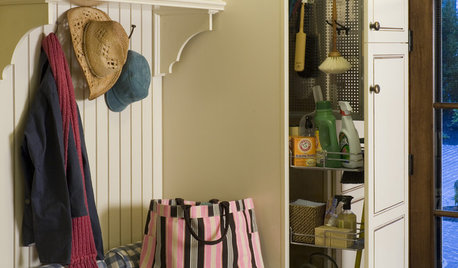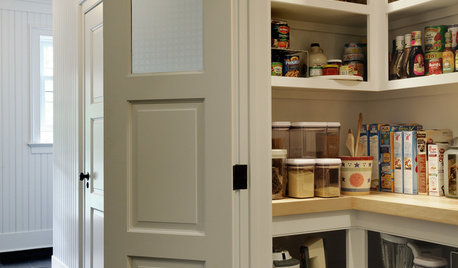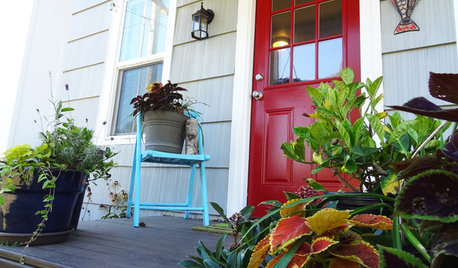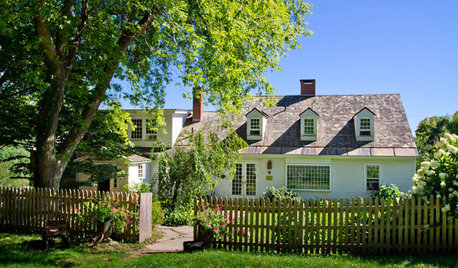Utility Work Repair and Fall Overseeding
suesheldon
10 years ago
Related Stories

LIFETell Us: What Made You Fall for Your Kitchen?
Show the heart of your home some love for Valentine’s Day
Full Story
KITCHEN DESIGNGreat Utility Storage for Kitchens of All Sizes
Keep brooms, mops and cleansers neatly tucked away with rolling racks, hanging organizers, wall holders and more
Full Story
HOUSEKEEPINGAll Together Now: Tackle Home Projects With a DIY Co-op
You're in good company when you pair up with a pal to clean, organize, repair and replace
Full Story
GREEN BUILDINGOff the Grid: Ready to Pull the Plug on City Power?
What to consider if you want to stop relying on public utilities — or just have a more energy-efficient home
Full Story
FALL AND THANKSGIVING10 Ways to Shower Your Home With Gratitude
Give your home some love with these thoughtful ideas and watch it return the favor
Full Story
HOUSEKEEPINGTo-Dos: Your September Home Checklist
Boost the comforts of home for fall with a few of these ideas for stocking up and staying cozy
Full Story
CURB APPEALDIY Painting Project: A Colorful Front Door
Give your entrance a notice-me new hue to make it inviting and energizing for fall
Full Story
LIFECreate a 'Forever House' Connection
Making beautiful memories and embracing your space can help you feel happy in your home — even if you know you'll move one day
Full Story
DECORATING GUIDESSmall Changes to Simplify Your Long-Term Storage
Conquer your attic and basement storage in more than a day, with these easy, bite-size steps for sorting, storing and protecting your stuff
Full Story
WALL TREATMENTSA Tiny Powder Room Gets a Map-tastic Look
Creative cartography adds cheer and personality to the walls of a compact half bath
Full Story






grass1950
suesheldonOriginal Author
Related Professionals
70037 Landscape Architects & Landscape Designers · Eden Prairie Landscape Architects & Landscape Designers · Stoughton Landscape Contractors · Broomfield Landscape Contractors · Concord Landscape Contractors · Costa Mesa Landscape Contractors · Fairview Landscape Contractors · Middle River Landscape Contractors · Middletown Landscape Contractors · Norwalk Landscape Contractors · Red Oak Landscape Contractors · San Benito Landscape Contractors · Welby Landscape Contractors · Wentzville Landscape Contractors · 07920 Landscape Contractorsgrass1950
suesheldonOriginal Author
grass1950
suesheldonOriginal Author
grass1950
suesheldonOriginal Author
grass1950